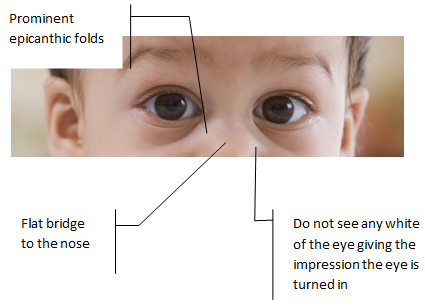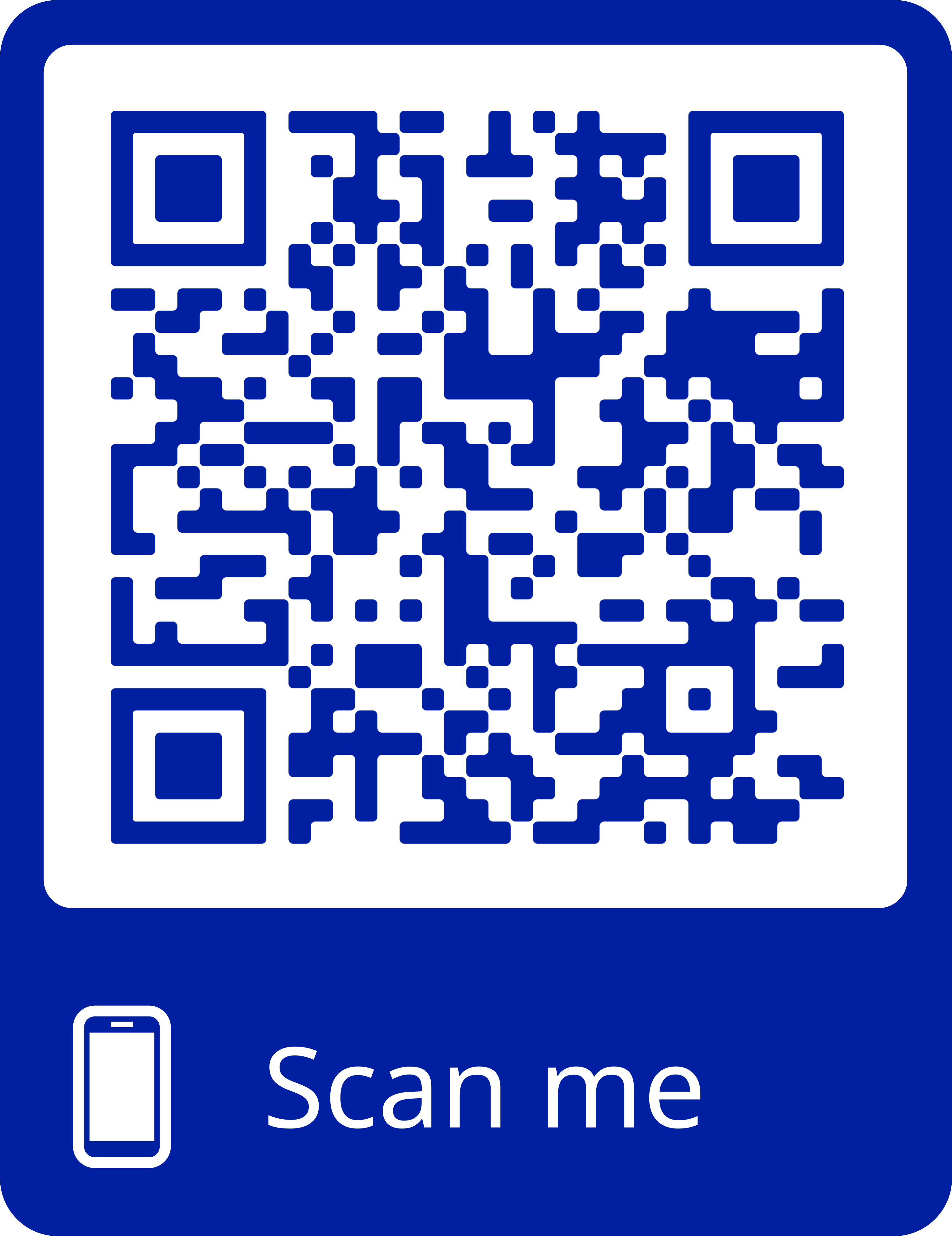- Reference Number: HEY1158/2023
- Departments: Ophthalmology Department, Orthoptic
- Last Updated: 31 December 2023
Introduction
This leaflet has been produced to give you general information. Most of your questions should be answered by this leaflet. It is not intended to replace the discussion between you and the healthcare team, but may act as a starting point for discussion. If after reading it you have any concerns or require further explanation, please discuss this with a member of the healthcare team.
What is a Pseudo strabismus?
Pseudo-squint or pseudo-strabismus is a false appearance that one or both eyes are not in line and are deviating when in fact they are straight. One or both eye(s) may give the impression of being turned in, out, down or up, but there is no true misalignment when tested.
Pseudo-squint is often noticed in photographs if your baby’s head is slightly turned or if the photograph is taken at an angle as shown below.

Cause of pseudo strabismus
The main features that give an appearance of a squint are a flat bridge to your baby’s nose as this is not yet fully developed or their epicanthic folds (prominent folds of skin over the inner corner of the eyes). Other causes include heterochromia (different coloured eyes), eye shape or there being a wider or narrower gap between the eyes.
What should I do if I suspect my child has a squint?
If you suspect your child may have a squint it is important to have this assessed by an orthoptist. Orthoptists are trained in the detection of squints, even in very young children. If the orthoptist is able to confirm your child has a pseudo-squint you will be discharged from the clinic. In some cases children may need to be assessed more than once to confirm this.
Does a pseudo-squint need treatment?
No. Naturally as your baby grows, the bridge of the nose will develop and the folds of skin around the eyes will become less prominent, lessening the appearance of a squint.
Can a squint develop later?
A child who was diagnosed with a pseudo-squint may still develop a true squint later in life. The visual system is continually and rapidly developing during the first few years of life. Squints can develop in children up until school age and sometimes in adults. If you feel your child is developing a squint, it is important that you seek a specialist opinion. If you have any new concerns, please ask your health visitor, local optometrist or doctor for onward referral.
How do I prepare for my appointments?
It may be useful for you to write down and bring along any questions you may want to ask before you attend the appointment. Whether the orthoptist will be able to complete a full assessment will be dependent on how much cooperation the orthoptist is able to gain from your child for the tests. There is no guarantee the assessment with the orthoptist will be able to be completed. In order to make the most of your appointment it would be useful to bring any photographs to show the orthoptist where you believe your baby appears to have a squint.
What will happen at the appointment?
You will receive an appointment to see the Orthoptic Team. They will attempt to carry out a range of assessments. The appointment can take up to 30 minutes and you will get the outcome on the day. You will have time to discuss the findings of the assessment and to also ask any questions.
Should you require further advice on the issues contained in this leaflet, please do not hesitate to contact the Orthoptic Department on tel: 01482 816605.

